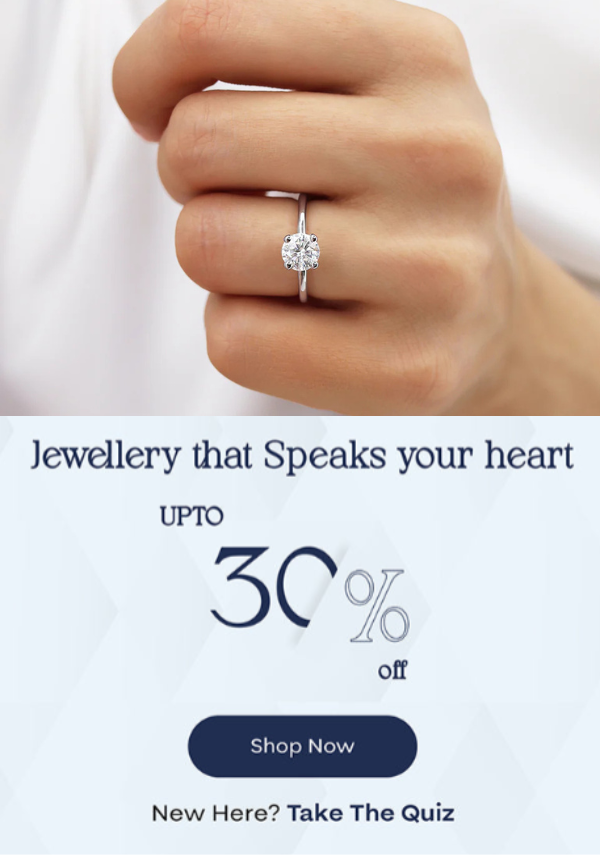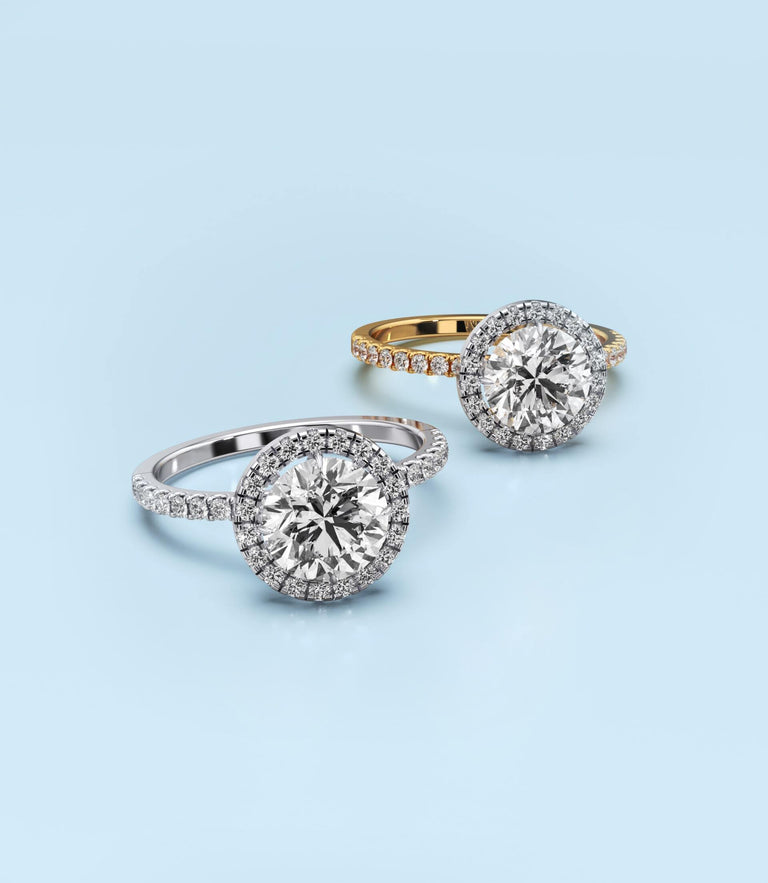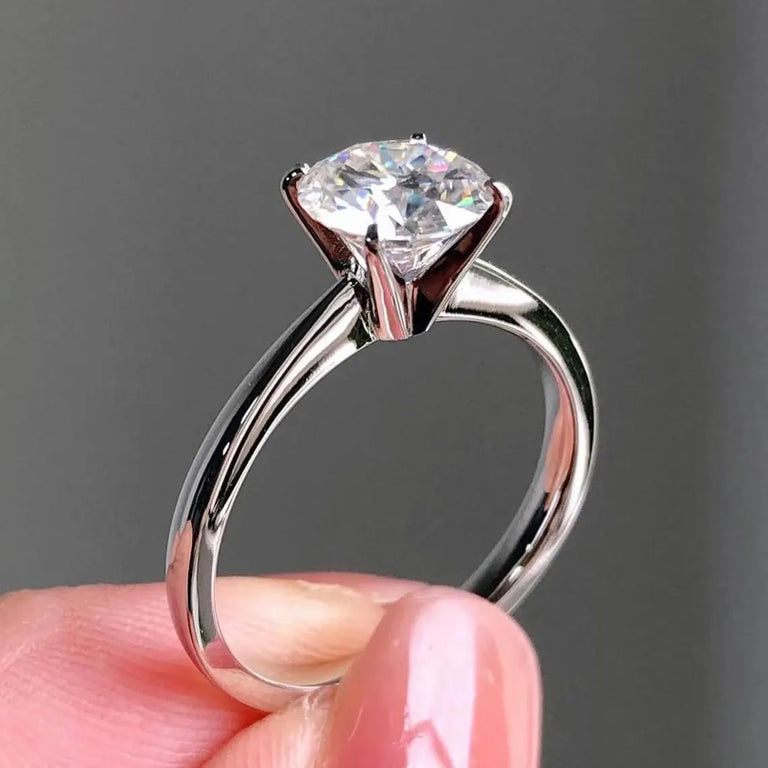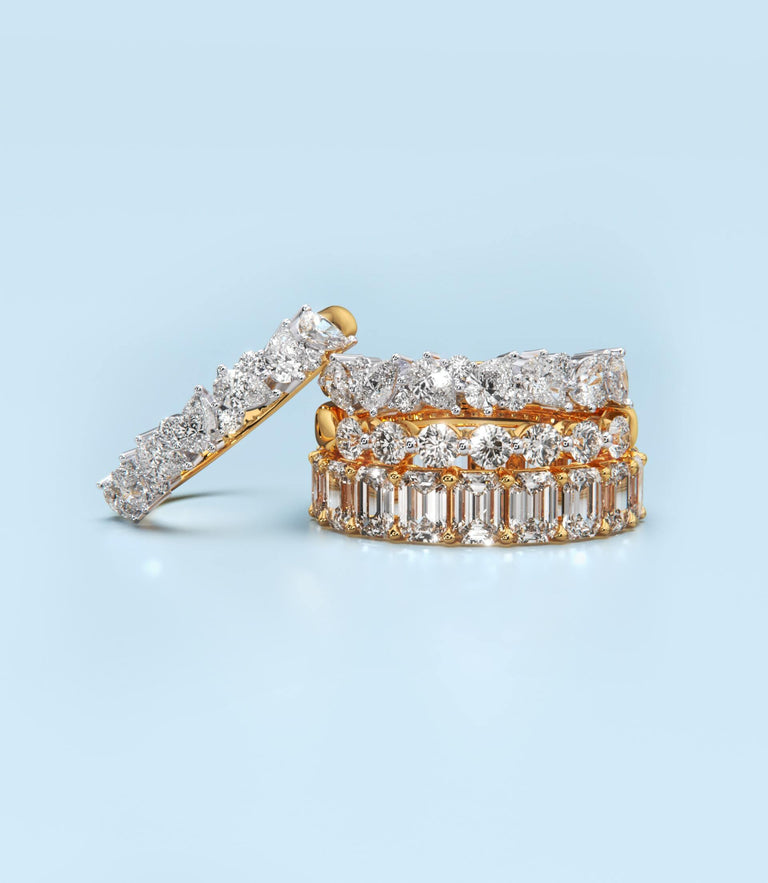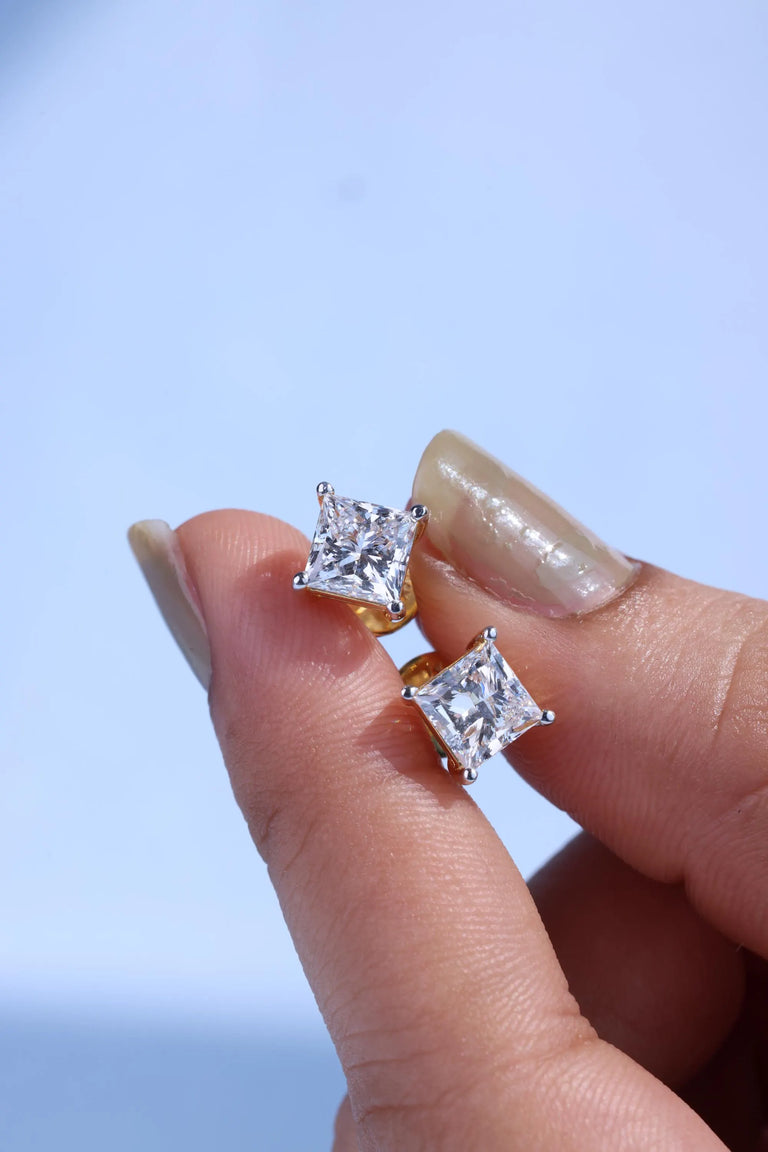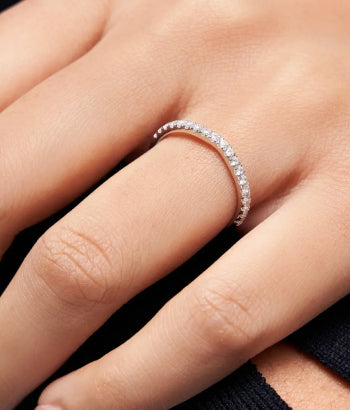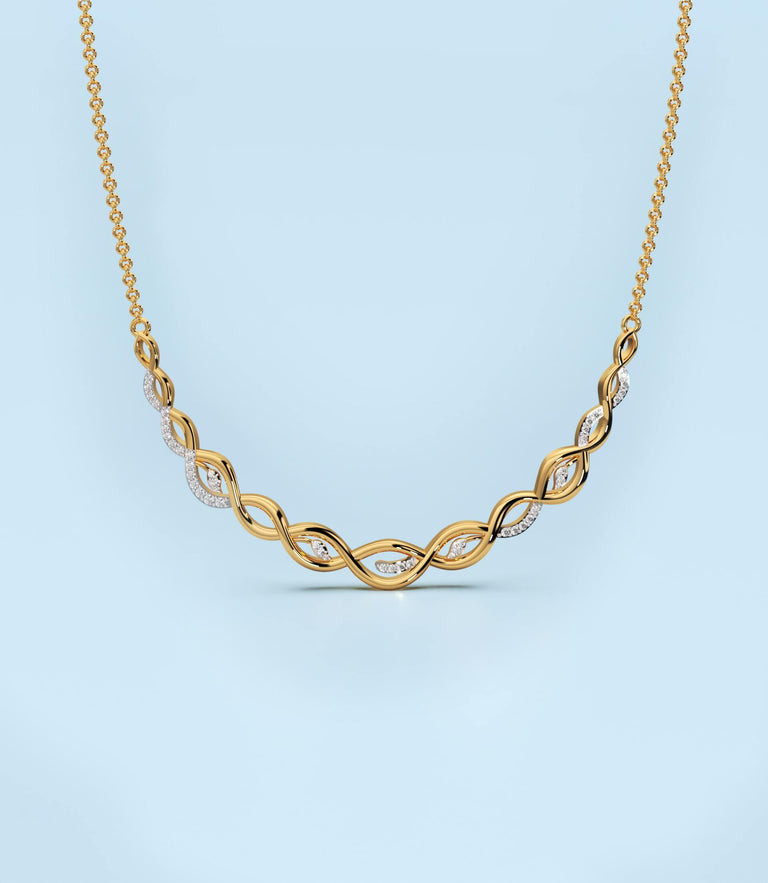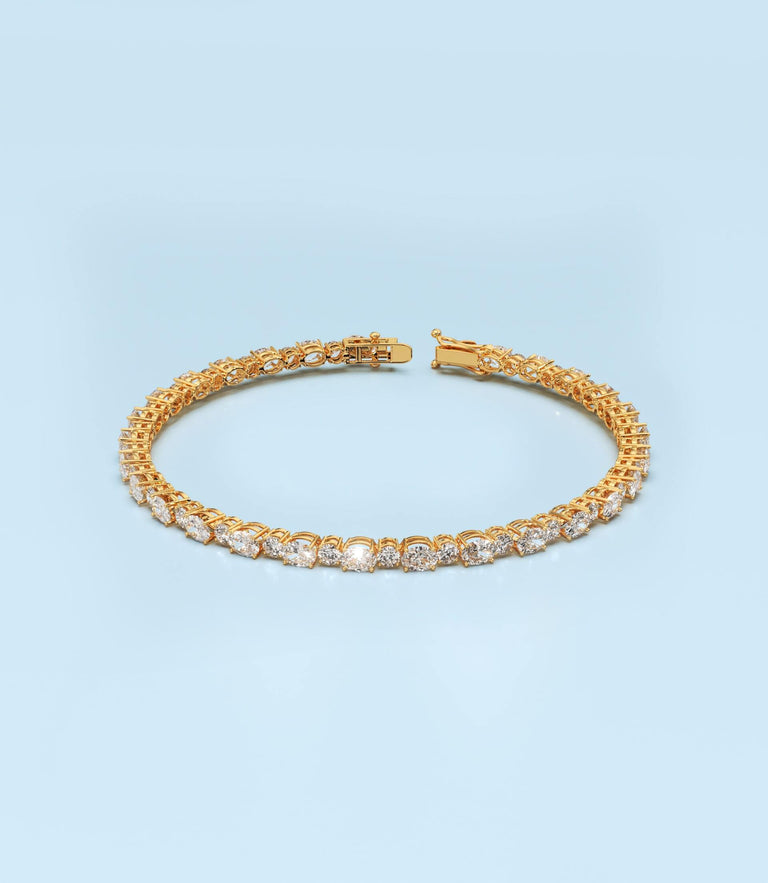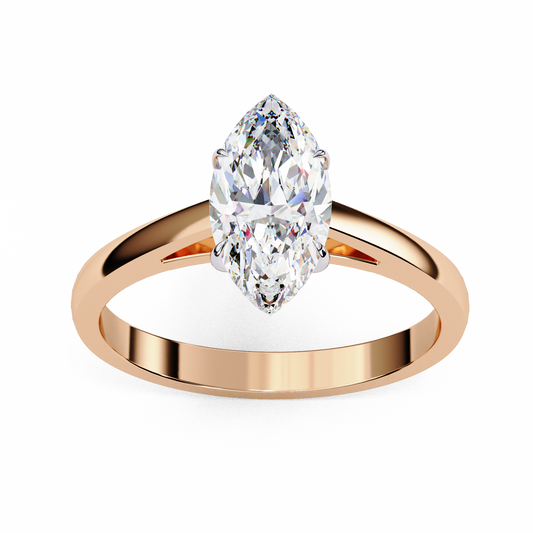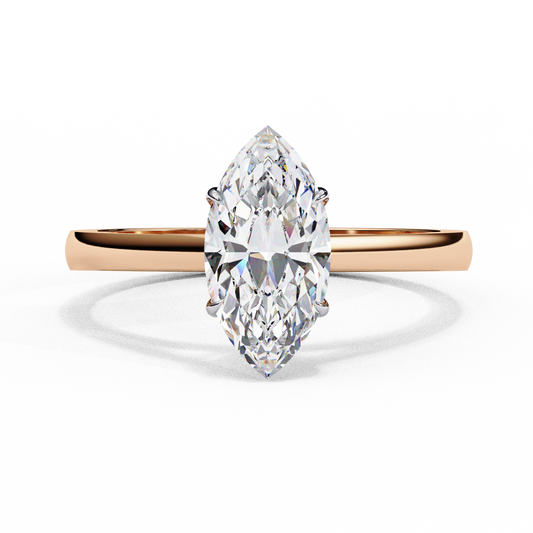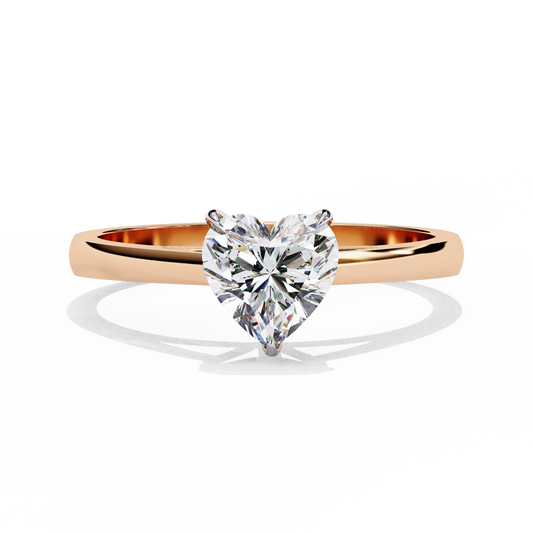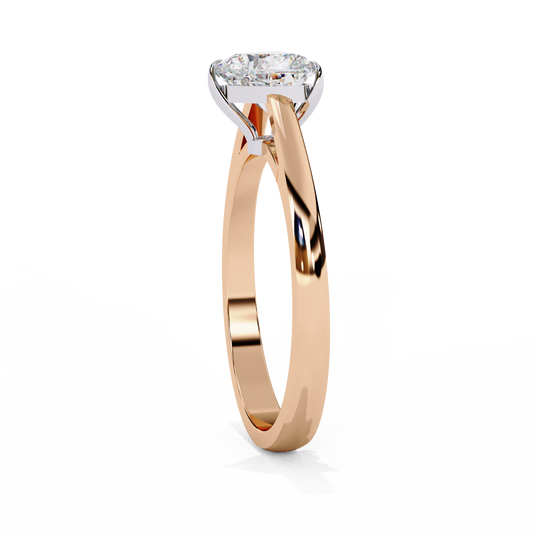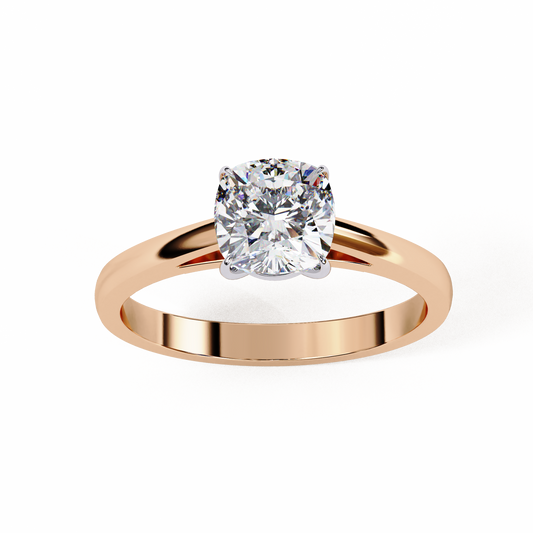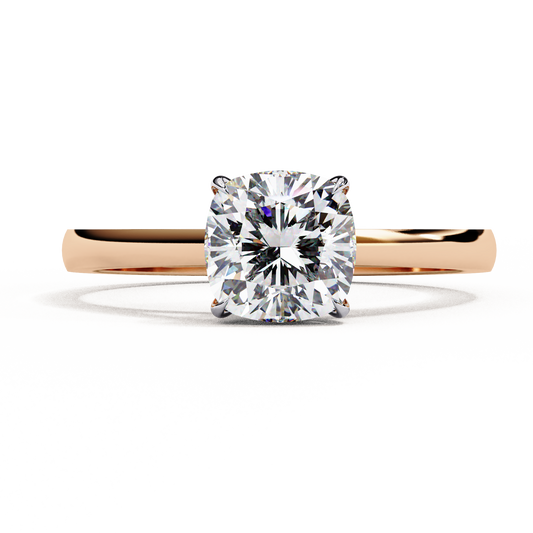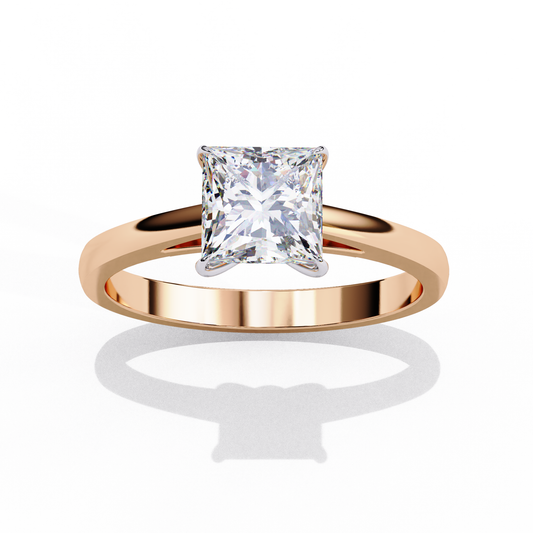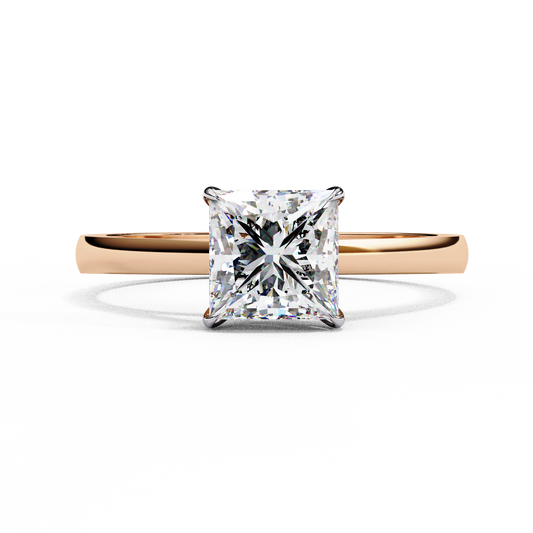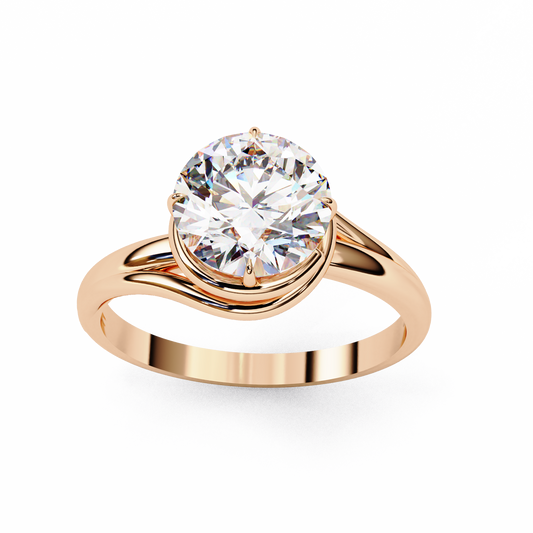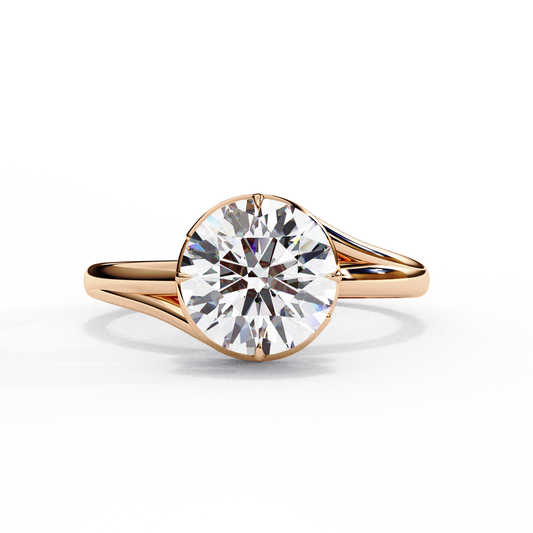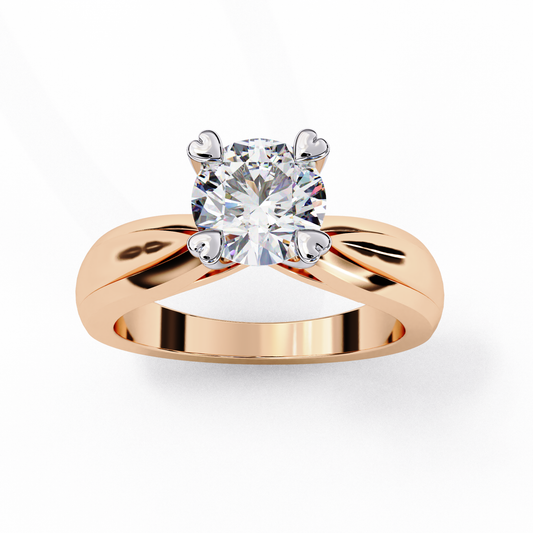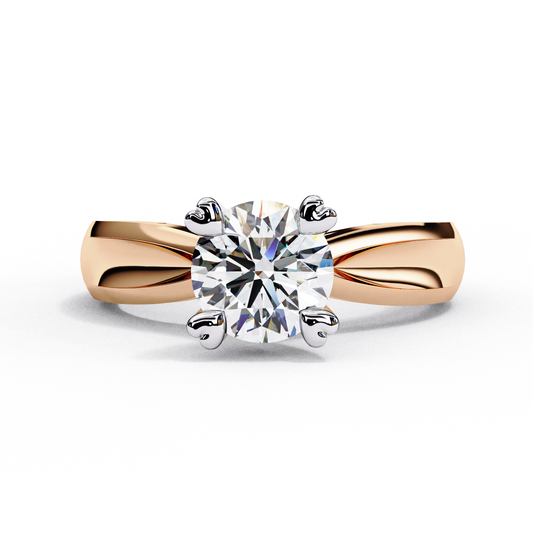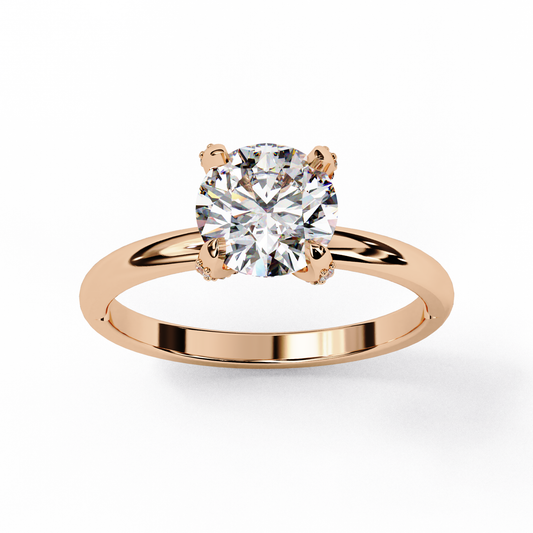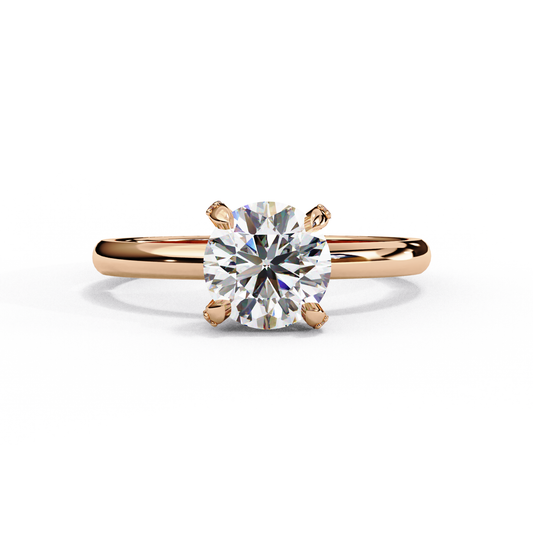Shop rings by style
- Quality CertifiedAvailable certificates of authenticity.
- Secure TransactionCertified marketplace since 2017
- Delivery ShippingFree, fast, and reliable worldwide
- Transparent ServiceSatisfying hassle-free return policy
Shop by Fine Jewellery
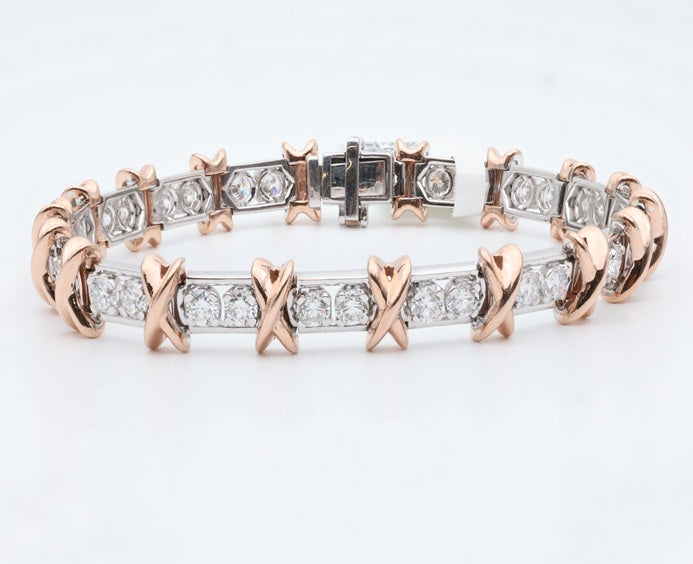
Shop by Fine Jewellery
-
Regular price ₹34,667Sale price ₹34,667 Regular priceUnit price / perRose gold
Lab-Grown Marquise Diamond Engagement Ring in Sleek 14k Gold , 0.86 CT Marquise Cut Diamond
-
Regular price ₹32,706Sale price ₹32,706 Regular priceUnit price / perRose gold
Heart Of Elegance - Lab-Grown Diamond Ring Of Sustainable Love
-
Regular price ₹40,116Sale price ₹40,116 Regular priceUnit price / perRose gold
14K Rose Gold Cushion-Cut Solitaire Engagement Ring, 1.43 CT Cushion Cut Diamond Jewelry
-
Regular price ₹37,309Sale price ₹37,309 Regular priceUnit price / perRose gold
Clean and Classic Rose Gold Ring with Princess Cut Diamond, 1.04 CT Princess Cut Diamond Ring
-
Regular price ₹44,019Sale price ₹44,019 Regular priceUnit price / perRose gold
Modern Bezel Solitaire Ring with Round Lab Diamond in Rose Gold
-
Regular price ₹68,343Sale price ₹68,343 Regular priceUnit price / perRose gold
Heart Prong Solitaire Ring with Round Lab-Grown Diamond in Rose Gold
-
Regular price ₹37,817Sale price ₹37,817 Regular priceUnit price / perRose gold
Traditional 4-Prong Solitaire Ring – Round Lab Diamond, 1.15 CT Round Cut Diamond
Lab Grown Vs Natural Diamond
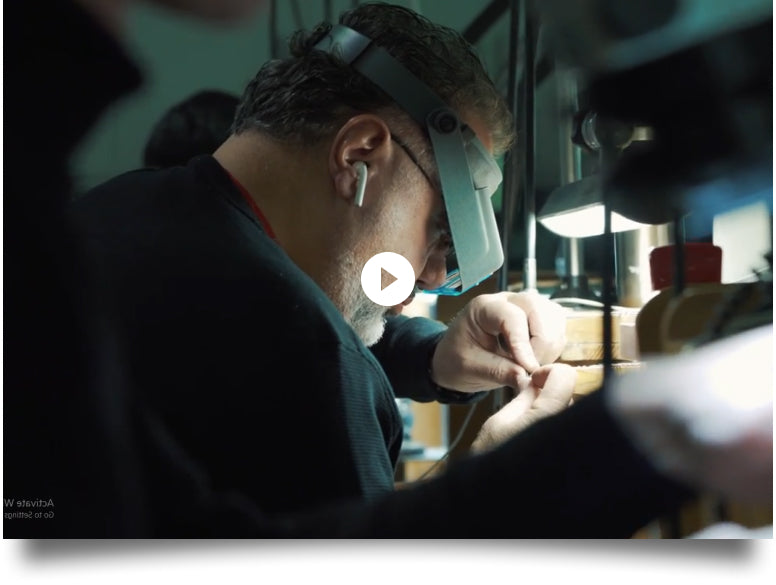
Lab Grown Vs Natural Diamond
Lab-grown diamonds provide an exceptional value, with savings of up to 90% compared to natural diamonds. This cost advantage becomes even more significant as the size of the diamond increases. Created using advanced technology that replicates natural conditions, lab-grown diamonds offer the same brilliance and durability as their natural counterparts but at a fraction of the price. The larger the lab-grown diamond, the greater the savings, making them a smart choice for those seeking both luxury and value. Opting for lab-grown diamonds ensures you get a high-quality, ethical, and sustainable gemstone without compromising on beauty or size.
Our Testimonial
-

The setting is perfect for the diamond I chose; and the center diamond is absolutely beautiful. The diamonds in the setting are almost just as pretty as the sinner stone they sparkle and shimmer.
Johnny Vaughn -

The diamond was exactly what Rare Carat GIA report said. I took the stone to be reset in my personal ring and the jeweler said I got a good deal. Thanks for making the purchase process easy.
Maureen Conrad -

The setting is perfect for the diamond I chose; and the center diamond is absolutely beautiful. The diamonds in the setting are almost just as pretty as the sinner stone they sparkle and shimmer.
Johnny Vaughn -

The diamond was exactly what Rare Carat GIA report said. I took the stone to be reset in my personal ring and the jeweler said I got a good deal. Thanks for making the purchase process easy.
Maureen Conrad

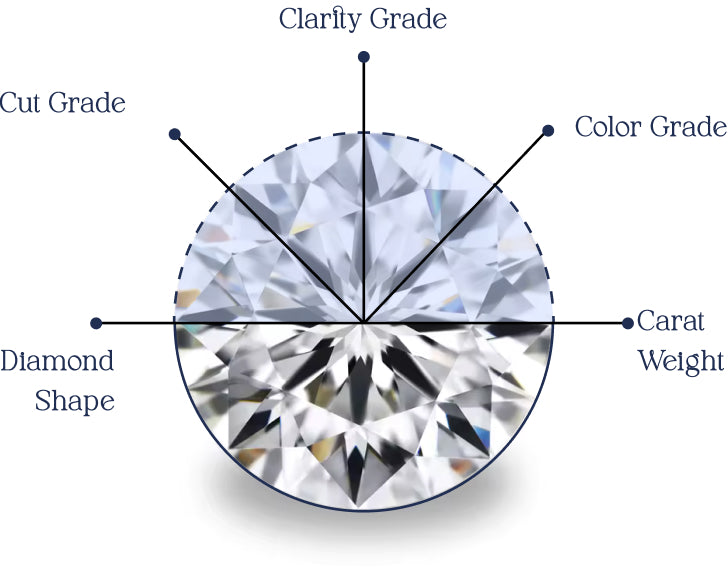
Diamonds Carat, Color, Clarity, and Cut
The 4C's of diamonds—Carat, Color, Clarity, and Cut—are the universal standard for evaluating a diamond's quality and value
- Carat
- Color
- Clarity
- Cut
- Shape
The Carat Weight of a diamond is a huge contributing factor and the most visible feature that is considered when comparing its price. A slight difference in weight can make a significant difference in price. "Carat" (ct.) is a measurement unit representing the weight of a diamond, the price of a diamond is directly proportional to its weight. The cut off weights are 0.50ct, 0.75ct, 1.00ct so on and so forth.
Diamonds are not always as colourless as they look to the naked eye. The more colour that the diamond lacks, the higher is its price. While most diamonds exhibit a yellow or brown tinge, a completely colourless variety will allow more light to pass through it emitting maximum brilliance. Since the diamond is shaped like a prism, it acts in the same way. That’s why colour in a diamond acts as a filter and diminishes its fire. A truly colourless diamond will emit a spectrum of colours.
Like all things natural, diamonds too are flawed. Diamonds like all other minerals and gemstones are born with several inclusions that develop during their formation. Although almost invisible to the naked eye, inclusions do decide a diamond’s price. Internal characteristics are known as inclusions while external characteristics are known as blemishes. The list of diamond inclusions include crystal, needles and cloud, whereas chips, scratches, nicks, abrasions, bruises, polishing marks and naturals are considered to be diamond blemishes.
The cut is a diamond's most crucial 'C'. A lot depends on the cut since a diamond's cut can increase or decrease its value. The precision and craftsmanship of a cut makes all the difference in the brilliance of a diamond.
In an ideal cut or perfectly cut diamond the light is reflected back to the observer from the top of the stone emitting maximum brilliance.
Also known as the brilliant cut, round diamonds are the most traditional shapes and that's why they're perfect for a classic look. The round cut diamond is the most popular shape and has evolved from the Old European Cut.
Frequently Asked Questions
Yes, all our diamonds are certified by reputed gemological laboratories like IGI (International Gemological Institute), GIA (Gemological Institute of America), or SGL (Solitaire Gemmological Laboratories). Each piece comes with an authenticity certificate.
Absolutely! All our gold jewelry, including diamond-studded pieces, comes with hallmark certification, ensuring the purity and authenticity of the gold.
Natural diamonds are mined from the earth, while lab-grown diamonds are created in controlled environments using advanced technology. Both have the same physical and chemical properties, but lab-grown diamonds are generally more affordable and eco-friendly.
Yes! We offer customization services. Whether you want to modify an existing design or create something from scratch, our design experts are here to help bring your vision to life.

